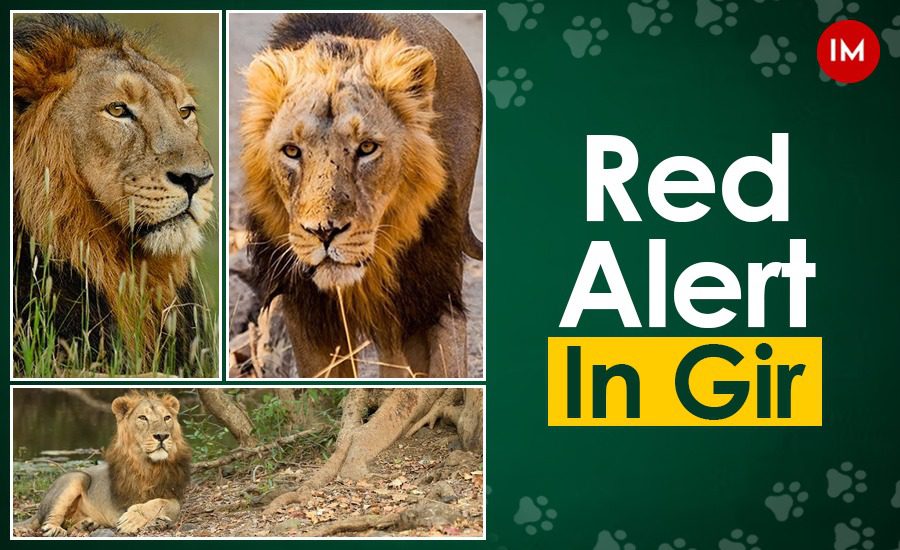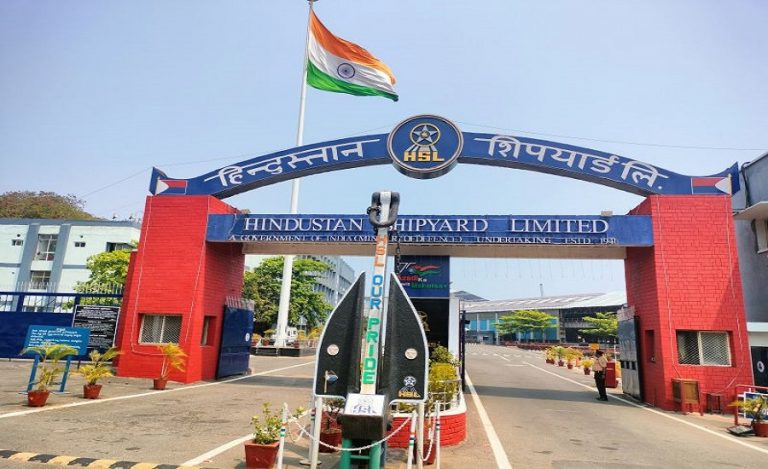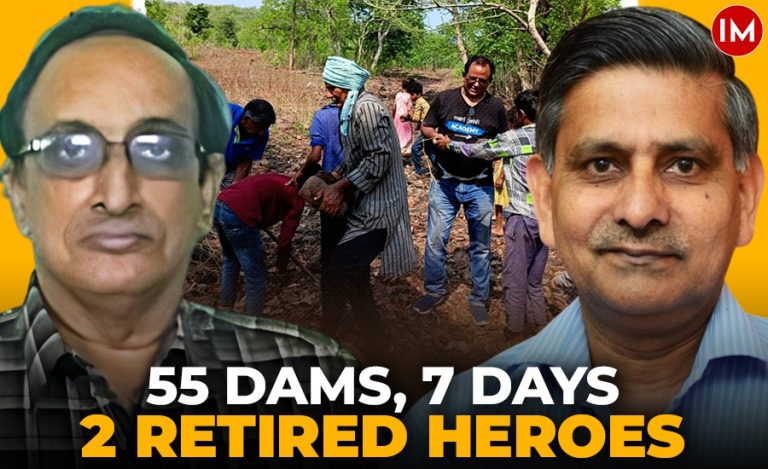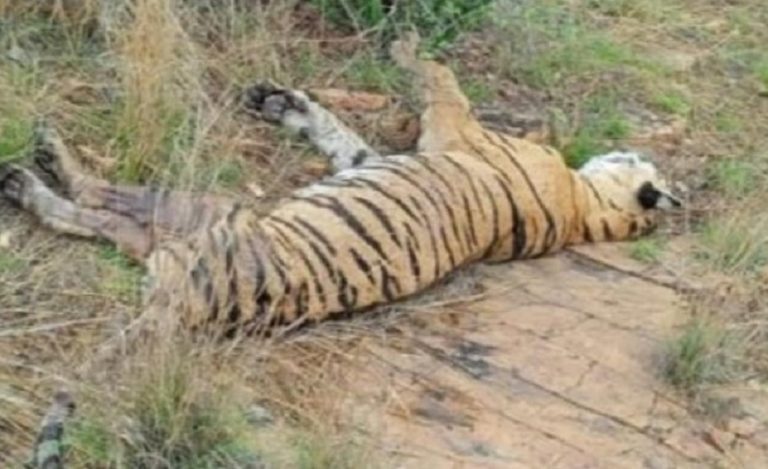The severe cyclonic storm ‘Biparjoy’ made a landfall on the Kutch coast of Gujarat on 15 June causing power outage in more than 4500 villages and injuring 23 people. While this cyclone was expected to cause major damage to both humans and wildlife, especially the lions of Gir and Junagadh, no major casualty was reported. All thanks to the prior preparations by the administration and the forest department.
Speaking to Indian Masterminds, Chief Wildlife Warden of Gujarat Nityanand Srivastava said that saving precious wildlife during this disaster was their priority, and shared details about the extensive preparation.
MAJOR PREPARATIONS
“I thank Almighty for not letting the cyclone hit the major forest region. The range of any cyclone can be up to 400-450 km range but the affect downslides. Most of the lion habitat only faced wind of 140km/hr which is easily managed by wildlife,” Mr. Srivastava said.
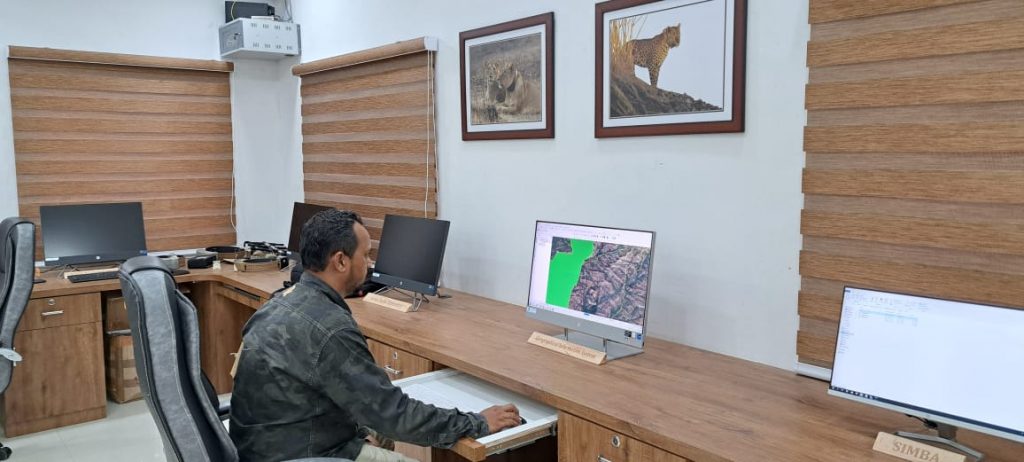
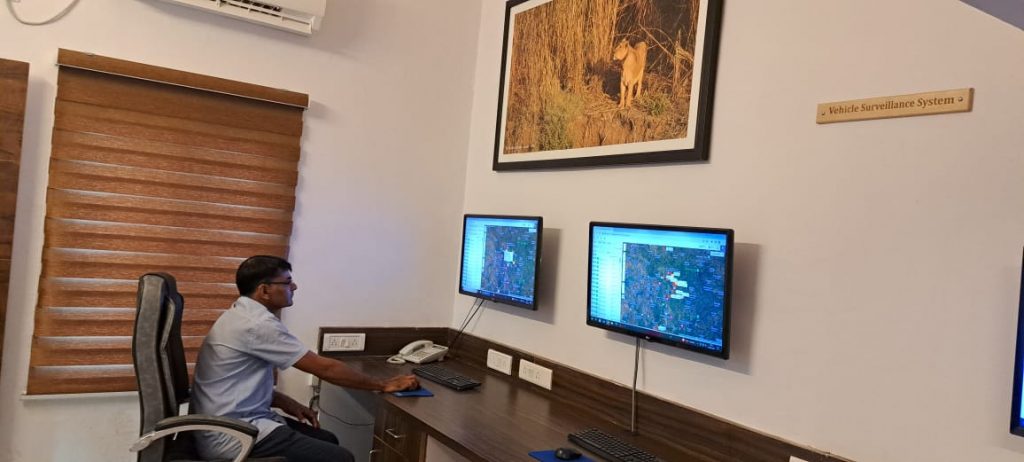
However, before the cyclone hit, major preparations were undertaken to prevent any damage. All field staff were briefed and 58 control rooms were established to address wildlife-related SOS messages in the lion landscape area, involving Wildlife Circle, Junagadh Territorial Circle, covering nine divisions – Gir (West) Division, Junagadh, Gir (East) Division, Dhari, Wildlife Division, Sasan, Porbandar Division, Surendranagar Forest Division, Jamnagar Forest Division, Bhavnagar Forest Division, Morbi Forest Division, and Junagadh Forest Division. Continuous communication and coordination were maintained with field officers, teams, and district administration before, after, and during the landfall of the cyclone.
184 RESCUE TEAMS
The forest department of Gujarat has around 300 odd staff. Besides that, there are 250 ‘Sinh Mitra or Vanya Prani Mitra’ who help to mitigate friction of villagers with lions or other animals and also disseminate information. There are 300 trackers who keep eyes on the lions’ movements. Mr. Srivastava said that with the strength of their staff, 184 teams of 3-4 people each were formed in three categories – for fallen tree removal, for rescuing animals, and providing veterinary care.
These teams were strategically distributed. “On every full moon, we make an observation about the lions. So, we generally have a fair idea about where the lions are. We knew during the cyclone, the coastal area would be majorly hit, but we also knew the number of lions in that region. So, we stationed teams accordingly,” the Chief Warden said. Some teams were also put in the grassland areas also.
There are a number of reservoirs in Gujarat. In case of heavy rains, some animals end up in them, being swept along by the flow of water. So, a major number of teams where stationed there, too. All the animal ambulances and eight vet hospitals were on high alert all throughout the cyclone. Mr. Srivastava said that Gir and Junagadh were safe during the cyclone, only Kutch was hit, which is major habitat of birds. Although the birds fly away in these situations, still all the ambulances have been sent there to scan the area now.
HI-TECH MONITORING
To mitigate the crisis, essential equipment were provided to all the wildlife rescue teams and the Gir Hi-Tech Monitoring Unit monitored the situation using advanced technology in the landscape. Tourism and public movement in forest areas, safari parks and Sakkarbaugh Zoo were suspended during the cyclonic activity. Forty six safe shelters were identified in Gir forest and 45 inBarda for evacuation with necessary arrangements.
In this way, with pro-active management, the forest department of Gujarat went into high gear to protect the lions from the high speed winds.

